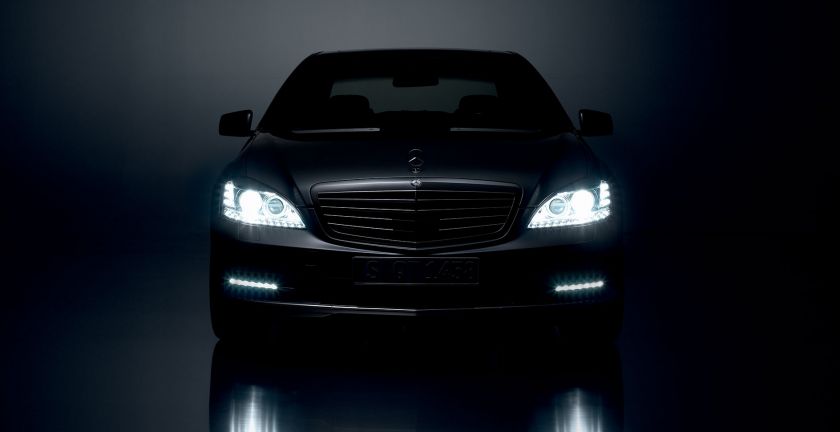
When autumn approaches, daylight hours are becoming less, too rapidly for drivers to adapt quickly. It is useful to remember few tips that help you to be safer on the road. Here are suggestions which will help you to feel safer on the road:
When autumn approaches, daylight hours are becoming less, too rapidly for drivers to adapt quickly. It is useful to remember few tips that help you to be safer on the road. Here are suggestions which will help you to feel safer on the road:
Turn on the headlights! Yes, You!
If you are driving with newly high-tech produced car, you can skip to the next step – your car have “smart” lights and they themselves know what to do. If we are talking about cars produced in the past decade, most probably you have daylight beams, which make you visible in the days bright time, but there is a risk that if you driving in the city where there are streetlight, you forget to turn on your headlights. If you are going from behind someone who has forgot to do it, there is possibility you don’t see him, as his taillights are turned off. For older car owners, you might be used to use fog lights, but remember when the season is changing; your habits have to change with them.
Do your lights wok how they should?
If you skipped inspection of your lights in summer, as the weather was not so dark, this may play back to you in winter. Does your light transmittance is good enough? Does the ray of light is going in the right direction? Go to the service and ask professionals to check it before it gets darker.
Clean windshield.
In October temperature falls below zero for the first time in the new season, in the least expected time, your summer windshield fluid can get frozen. This might hardly reduce the visibility for you if you are unable to clean the windows. Remember also that when you clean your window in dark, when your windshield is dirty, you re-gain the visibility only after a few seconds. In the meantime, don’t forget to clean your windshield with spirits and polish it. Remember to change your windshield wipers, they get used and don’t perform well already after a year.
Don’t get flashed and don’t flash others.
Don’t look in to the light rays of other cars – they will get you flashed, especially in autumn, as your eyes are not yet adapted to the light-dark contrast changes. Look a bit to the right, on the road outskirts, or if this does not help, reduce the speed or even stop the car completely and wait when your vision have returned, use your blinkers if you stop the car. Outside the city or villages, use your high beams to see better what is around you, but don’t forget to turn to low beams when other cars are approaching, you can flash them.
Reflections in the cockpit
Set the speedometer and other devices in your cockpit to fit your needs, you don’t want it to be very shining. Too shiny cockpit lights can make reflections in the window and that may reduce your overall visibility of the road. If your car don’t have rearview mirror with self-darkening function, don’t hesitate to turn it to glare function.
Cyclists, pedestrians and wild animals
It is also hard for cyclists and pedestrians to change habits, they might have forgot to use reflectors, flashlights or other illuminants. Please, don’t forget to reduce your speed when you are driving where people are often walking, this can save you and them from accidents. Outside the villages and cities, especially where there are forests around, choose the speed that you know you will be able to stop if some animal step on the road.
Make the right decision
What is said in the rules about lights? When you drive in the light part of the day, use daylights. headlights, or fog beams. When you drive in the dark part of the day, you can use fog lights only together with headlights. Back fog beams are allowed to be turned on only when there is especially bad visibility. It is only when there is heavy raining, snowing or fog and you have to reduce your speed to be able to drive.



